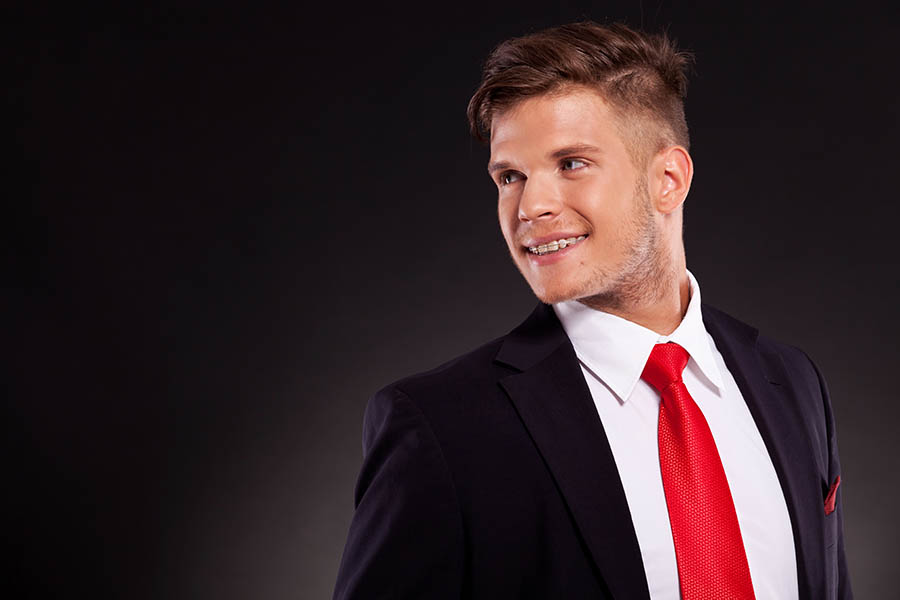The Major Types of Braces: Breaking Things Down
For generations, people who have bite issues, crooked teeth or who are experiencing some other type of dental problem have all turned to the same basic solution to meet their needs: braces. While a lot of people assume that braces are only something you do when you’re younger, that’s incorrect – it’s never too late to enjoy the perfect, corrected smile that you’ve always wanted for yourself.
It’s also important for you to know that braces themselves have come a long way in a relatively short amount of time. They’re not exclusively the metal-and-wire variety that your parents probably had, although those are still available and they’re far more comfortable than ever. These days, you have four major types of braces for you to choose from depending on your needs.
Traditional Braces
When you close your eyes and imagine someone wearing braces, these are very likely what you’re picturing.
Traditional braces involve steel brackets that are attached to each tooth and that are connected to one another with wires. Over time, that wire gently “pulls” and “shifts” the teeth into the desired position – thus correcting any orthodontic issues that you’re experiencing. The amount of time you’ll be expected to wear traditional braces will vary significantly based on a number of factors, including the specific types of issues you’re trying to correct.
Damon Smiles Braces
These are a relatively new advancement, and at first glance they may appear very similar to the traditional braces you’re used to. The major difference, however, is that they use brackets that are much smaller than those of traditional braces. They still work just as good as traditional braces do, but they’re also far more lightweight – thus making them much more comfortable as well.
Ceramic Braces
As the name suggests, these braces are made from a very particular type of ceramic and have the distinct advantage of being teeth-like in color. They’re also just as effective as any other type, but the benefit here is that they’re far more discreet. As a result, you’ll commonly see these worn by a lot of older individuals in particular who want to correct certain orthodontic issues but who want to keep a low profile while they do it.

Lingual Braces
Finally, we arrive at lingual braces – another solution that may people turn to because of their very discreet nature. Unlike traditional braces, these are actually placed at the BACK of the teeth, not the front. They work using the same basic principle as any other type of braces, but you get to enjoy a brace-free smile for the duration of your treatment – regardless of how long that happens to be.
As always, choosing a particular type of braces is a very personal decision and there is no “one size fits all” way to go. Some will get along just fine with traditional braces, while others would rather have ceramic or even lingual braces. This is something that you should consider carefully and your orthodontic professional will discuss all available options with you to make sure you have the most complete information to work from.
